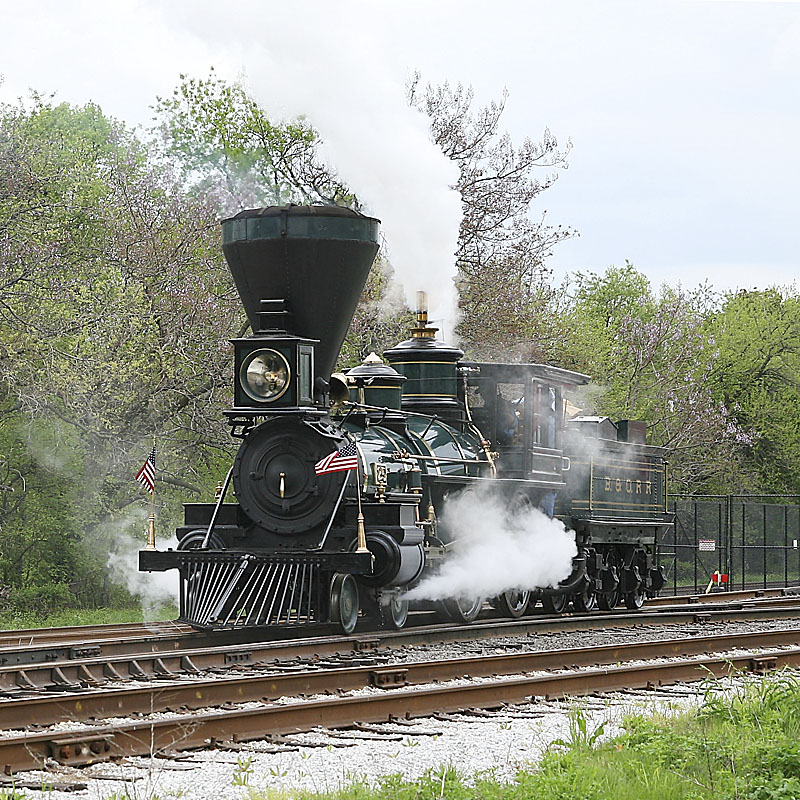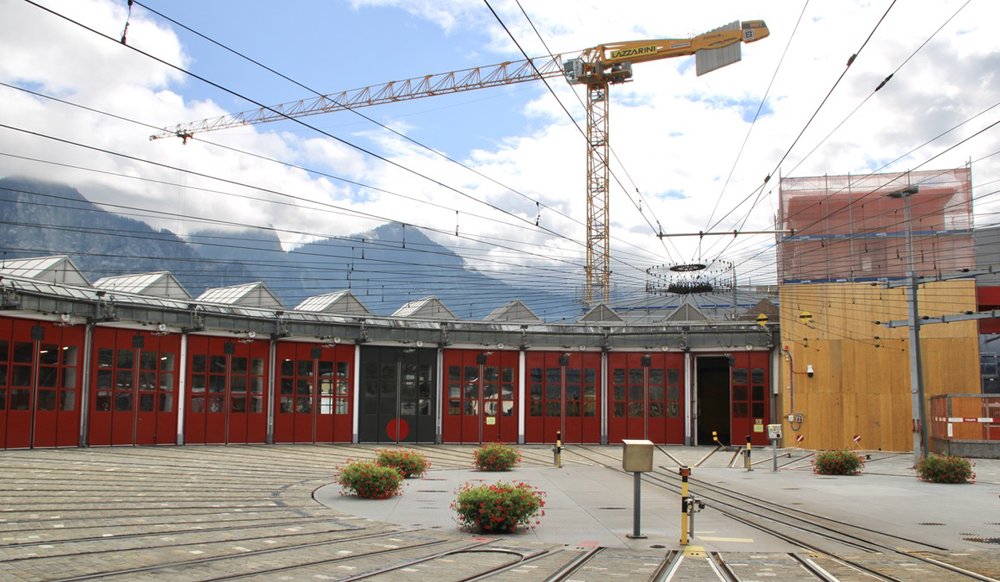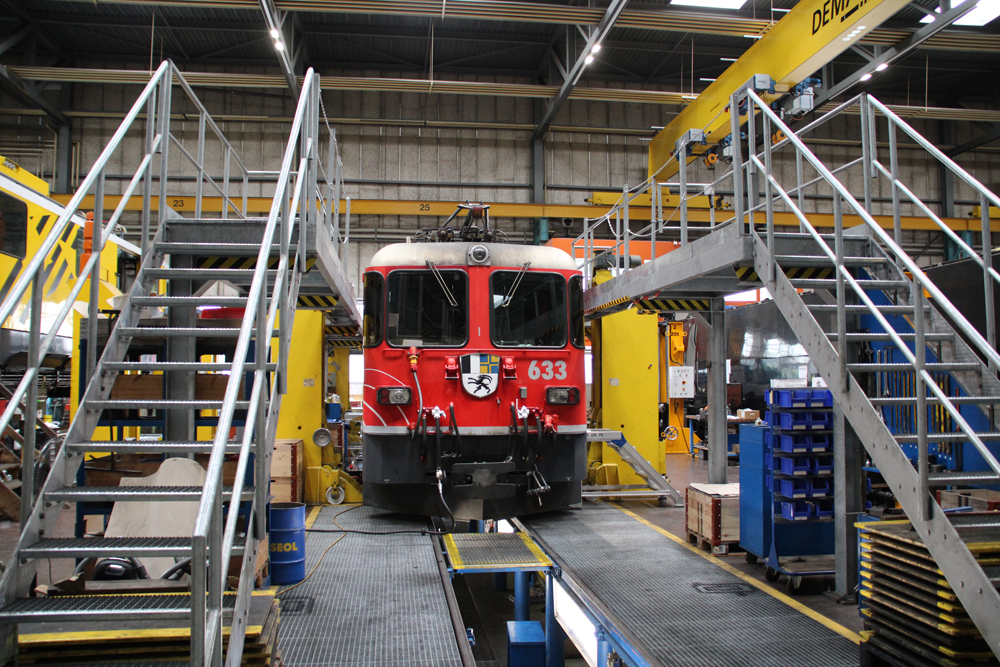A Steam whistles chosen by American railroads were almost always chosen for their ability to be heard over great distances and to stand out over the other noises and whistles of the day.
Not all American railroads used deep sounding whistles. The Pennsylvania Railroad, for example, used a shrieking single note or “banshee” sound. Generally, mainline railroads preferred either three-note or six-note whistles with the most popular being the three-chime version.
While European trains are known for their often high-note whistles, many of their engines actually had two whistles installed, one high-note and one low-note.
Again, the whistles American railroads used varied greatly and railroads selected them for a tone that was both pleasing and would carry over distances. – Martin E. Hansen, steam locomotive operator and historian















Steam into History